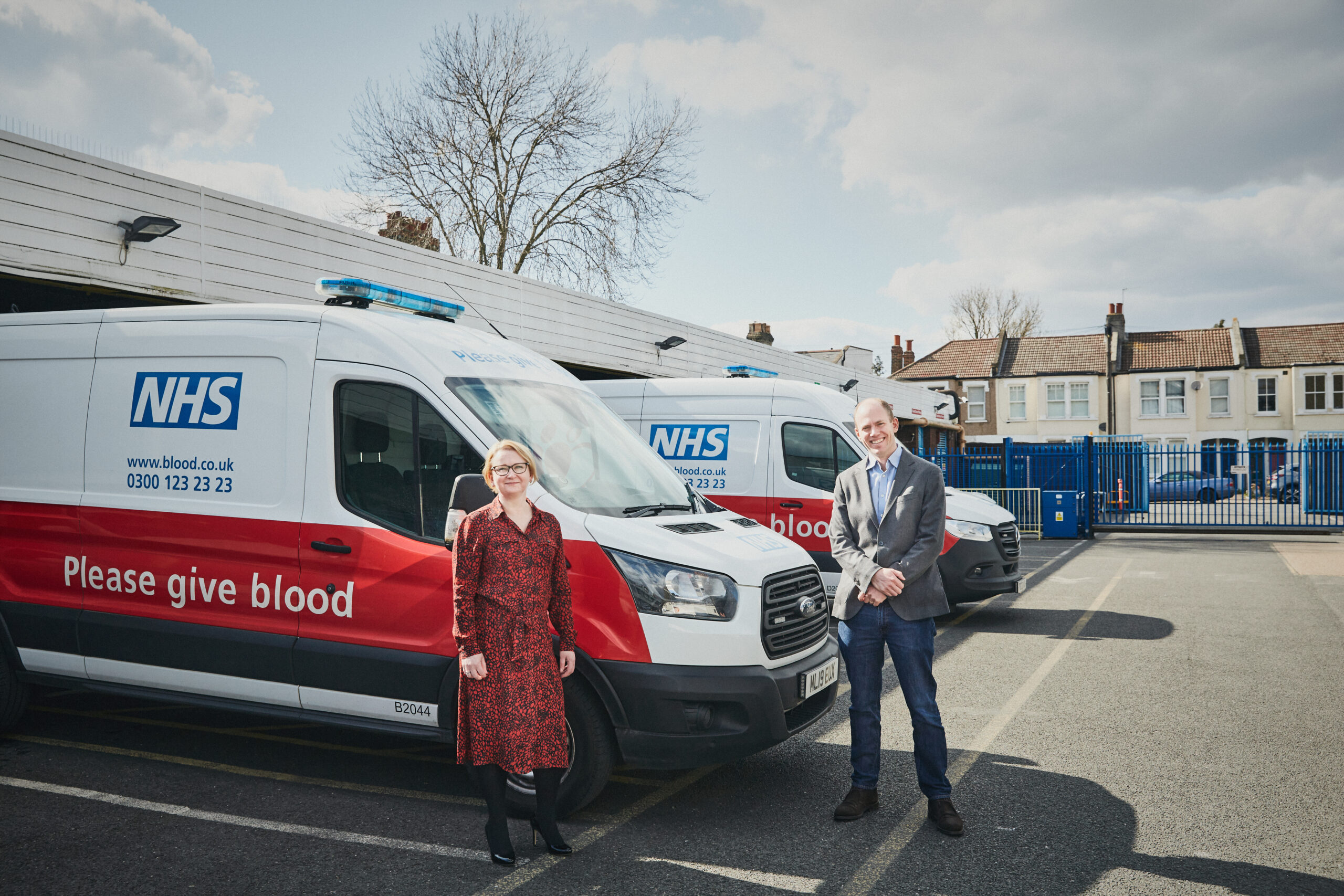Building a digital tomorrow in healthcare

I work in the health and social care world in the UK. While it’s a slightly unusual place to work in comparison to a lot of CIOs, the National Health Service (NHS) is the fifth largest employer in the world – it’s a big organisation. That said, it’s not a single organisation. It’s a complex collection of many smaller organisations, all with different roles and responsibilities, in different places, providing care for all the people of the nation.
Today’s challenges are many, and how we tackle them all comes down to this: How do you do better tomorrow than you did today? It applies as much to the NHS, offering more value for the taxpayer in the public sector, as it does to a private-sector company seeking to be competitive.
The NHS can’t function without its workforce, and it is facing an extremely difficult time. The impact of the cost-of-living crisis alongside ongoing pressures caused by COVID and staff shortages is affecting every part of the system, and by extension the rest of the nation itself.
As we work through these challenges and try to make sure we do better tomorrow, there are – very broadly speaking – two ways in which we can do it: Do more, and do it differently.
‘More’ means doing the same things, but just doing more of them.
In the NHS, that might be more nurses, more hip surgeries, more diabetic retinopathy scans. You can do that, but it’s a geometric progression: You add one more person, you’ve increased your workforce, you get more output. But what you don’t necessarily get is an increase in productivity.
That’s why we must also always be interested in ‘different’. Doing things differently offers the promise of productivity increases, but to get things done differently, you need to be a bit clever.
I’d argue that more than 90 percent of ‘different’ is now underpinned by what we call ‘digital’. We have seen an average productivity increase year-on-year in the NHS of one percent for almost 15 years. That might not sound a lot, but despite its challenges the amazing people in the NHS have managed a higher productivity growth than any other sector in the UK – public or private. Much of this growth has been associated with an increased focus on the role of digital.
At Health Education England (HEE), through our NHS Digital Academy programmes, we are aiming to give the workforce the skills to do things differently. For example, our Digital Boards programme, delivered by NHS Providers, is helping Boards to understand the potential and implications of the digital agenda and increase their confidence and capability to harness the opportunity that digital provides.
In the health service, we’ve got something called a Quadruple Aim. These aims drive us to help make sure patients are treated in safe environments, that they’re receiving satisfactory care and outcomes, and have good experiences. This is a set of universal priorities that underlay an effective health care system. Efficiency – reducing the overall cost of healthcare or adding value – is one of the four quadruple aims, with the others encompassing improving the health of the population, enhancing the patient experience of care and the wellbeing of the workforce.
"It’s easy for large organisations to err so far on the side of safety that they stop moving"
If the workforce is your most important asset in meeting your aims – as it certainly is in the NHS – and digital is a vital tool in helping to achieve the productivity that can make our tomorrow better than our today, then question becomes: how do you create a workforce that’s able to leverage digital change?
We know that by 2030, we need to have recruited about 32,000 more digital, data and technology professionals into the NHS. We know that needs to be in the clinical-information and analytics space in particular, and we have been working with educators and apprenticeship providers to help bring that about.
In the next two years, we will see pipelines for getting early years staff into digital, data and technology roles, and will see a democratisation of decision making in services leading to frontline staff taking much more of a leadership role in end-to-end service redesign. This will see us genuinely measuring and improving the value that we provide to our patients and service users on a day-by-day basis.
Through the NHS Digital Academy our goal is to support the entire workforce to upskill, but we are also developing a pipeline of future digital leaders, who are able to create the right environment and make the right decisions with regard to their digital and data estate and implement the change needed within their organisations and local systems. Our Digital Health Leadership Program will have trained over 500 senior digital leaders and aspirants within the NHS by the end of the current cohort.
Evidence demonstrates that about 70 percent of digital initiatives fail, meaning an initiative doesn’t reach its stated objectives. It’s a startlingly high number. In part that failure rate is due to the fact digital programs are usually extremely complex things to manage. But, if you look at the data, the single biggest reason why digital initiatives fail is down to organisational culture.
That includes a culture that allows siloed decision making, where you have multiple teams jointly responsible for delivering success, who just don’t work together. It could also be poor governance in hiring or procurement or a ‘computer-says-no’ culture where perceived risk always trumps progress. Fundamentally, this is all symptomatic of a lack of digital leadership.
It’s easy for large organisations to err so far on the side of safety that they stop moving, while digitally native start-ups can take so many risks in innovating that they can, and often do, fail. Finding a balance between the two cultures is very important, and requires strong leadership.
Times are undoubtably hard, but continuing to grow these strong digital leaders will provide us with vital tools in our efforts to meet the Quadruple Aim, and in doing so build a healthier, happier, more productive workforce – this will make tomorrow better than today.

This article was written by Tech For Good in conversation with James Freed, CDIO, Health Education England.



